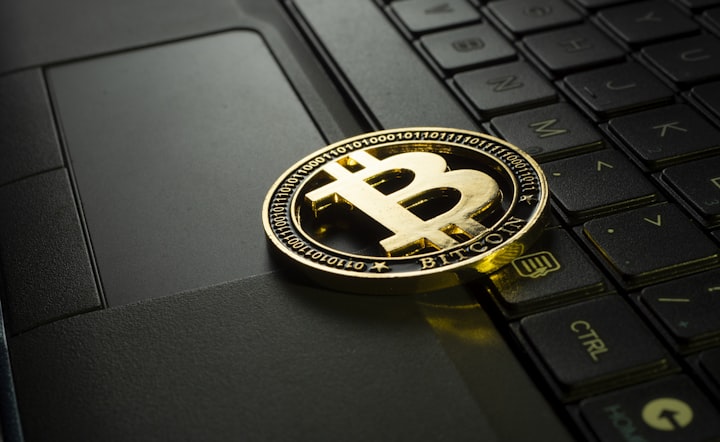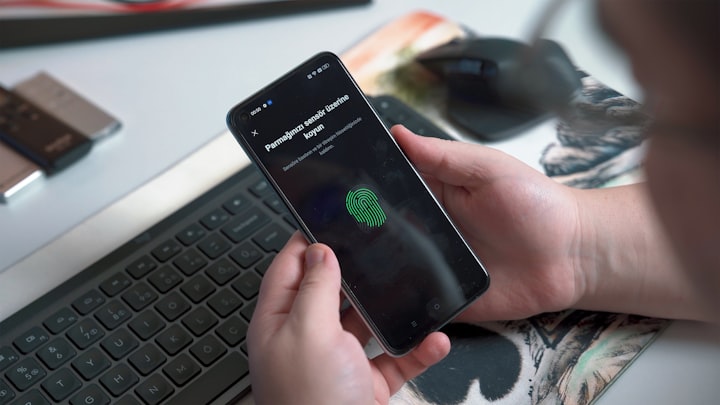Quantum Cryptography: Unbreakable Security for the Digital Age
How Quantum Physics is Revolutionizing Cybersecurity

In the early days of the internet, the concept of online security was hardly a concern. However, as digital technology advanced, so did the sophistication of cybercriminals. Today, data breaches and cyber attacks are daily occurrences, leaving individuals and businesses alike vulnerable to identity theft, financial loss, and other forms of cybercrime. In response, cybersecurity experts have been exploring new ways to protect digital information, and one of the most promising developments in recent years is the field of quantum cryptography.
Quantum cryptography is a method of encrypting information that is based on the principles of quantum mechanics. Unlike traditional encryption techniques, which rely on mathematical algorithms to scramble information, quantum cryptography is rooted in the laws of physics. The idea is to use the behavior of subatomic particles, such as photons, to create an unbreakable code.
The basic concept behind quantum cryptography is that when a photon is observed, it is changed in some way. This is known as the observer effect, and it means that any attempt to intercept or eavesdrop on a quantum signal will be immediately detected. In other words, if someone tries to read a quantum signal, they will change it in the process, alerting the sender and making it impossible for the interceptor to access the original message.
This makes quantum cryptography an incredibly secure method of communication. Because any attempt to intercept the signal will be immediately detected, there is no way for an attacker to obtain the original message without being detected. This makes quantum cryptography ideal for sensitive applications, such as military communications, financial transactions, and medical records.
One of the key advantages of quantum cryptography is that it is resistant to attacks that would be effective against traditional encryption methods. For example, quantum cryptography is immune to brute-force attacks, in which an attacker attempts to guess the key to a message by trying every possible combination. With traditional encryption, a sufficiently powerful computer could eventually break the code by trying all possible keys. However, with quantum cryptography, any attempt to intercept the signal will be detected, regardless of how much computing power the attacker has.
Another advantage of quantum cryptography is that it provides a way to securely distribute cryptographic keys. In traditional encryption methods, the key must be securely shared between the sender and the receiver in order to decrypt the message. This can be a vulnerable point of attack, as intercepting the key would allow an attacker to easily decrypt the message. However, with quantum cryptography, the key can be securely transmitted using a quantum signal, making it impossible for an attacker to intercept without being detected.
Despite its many advantages, quantum cryptography is not yet widely used in practice. One reason for this is that it is still a relatively new field, and there are many technical challenges that must be overcome in order to make it practical for real-world applications. For example, quantum signals are notoriously fragile and can be easily disrupted by environmental factors, such as temperature changes or electromagnetic interference.
Another challenge is that quantum cryptography requires specialized hardware and expertise. For example, in order to transmit quantum signals, specialized hardware is needed to generate and detect individual photons. Additionally, experts in quantum physics and information theory are needed to design and implement secure communication protocols.
Despite these challenges, there has been significant progress in the field of quantum cryptography in recent years. Researchers have developed new techniques for generating and detecting quantum signals, and have demonstrated the feasibility of quantum cryptography in laboratory settings.
One promising development in the field of quantum cryptography is the development of quantum key distribution (QKD) networks. These are networks that use quantum cryptography to securely distribute cryptographic keys over long distances. In a QKD network, photons are transmitted over optical fibers to different locations, where they are detected and used to generate a shared cryptographic key
The potential applications of QKD networks are vast, ranging from secure government communications to online banking and e-commerce. One of the major advantages of QKD networks is that they can be used to create secure communication channels that are resistant to attacks by even the most advanced cyber criminals.
In addition to QKD networks, there are many other potential applications of quantum cryptography. For example, quantum cryptography can be used to create secure identification systems, in which a person's identity is verified using quantum signals. This could be particularly useful in applications such as airport security, where traditional identification methods are vulnerable to fraud and forgery.
Another potential application of quantum cryptography is in secure voting systems. By using quantum signals to securely transmit votes, it may be possible to create a voting system that is resistant to fraud and manipulation. This could have important implications for democratic societies around the world.
Despite the many potential applications of quantum cryptography, there are also concerns about its security. While quantum cryptography is currently considered to be unbreakable, there is always the possibility that new techniques or technologies will be developed that could render it vulnerable. Additionally, there are concerns about the security of the specialized hardware and software needed to implement quantum cryptography, as these systems may be vulnerable to attack.
In order to address these concerns, it is important for researchers and policymakers to work together to develop robust security standards and protocols for quantum cryptography. This will require a multidisciplinary approach that brings together experts from a range of fields, including quantum physics, computer science, mathematics, and cybersecurity.
Despite the challenges and uncertainties surrounding quantum cryptography, there is no doubt that it has the potential to revolutionize cybersecurity in the digital age. As our reliance on digital technology continues to grow, the need for secure communication and data storage will only become more important. Quantum cryptography offers a promising solution to these challenges, and it is likely that we will see increasing adoption of this technology in the coming years.
About the Creator
junaid mughal
I am just a Technology geek, who loves to experience latest gadgets, technology and share it with the world here.






Comments
There are no comments for this story
Be the first to respond and start the conversation.